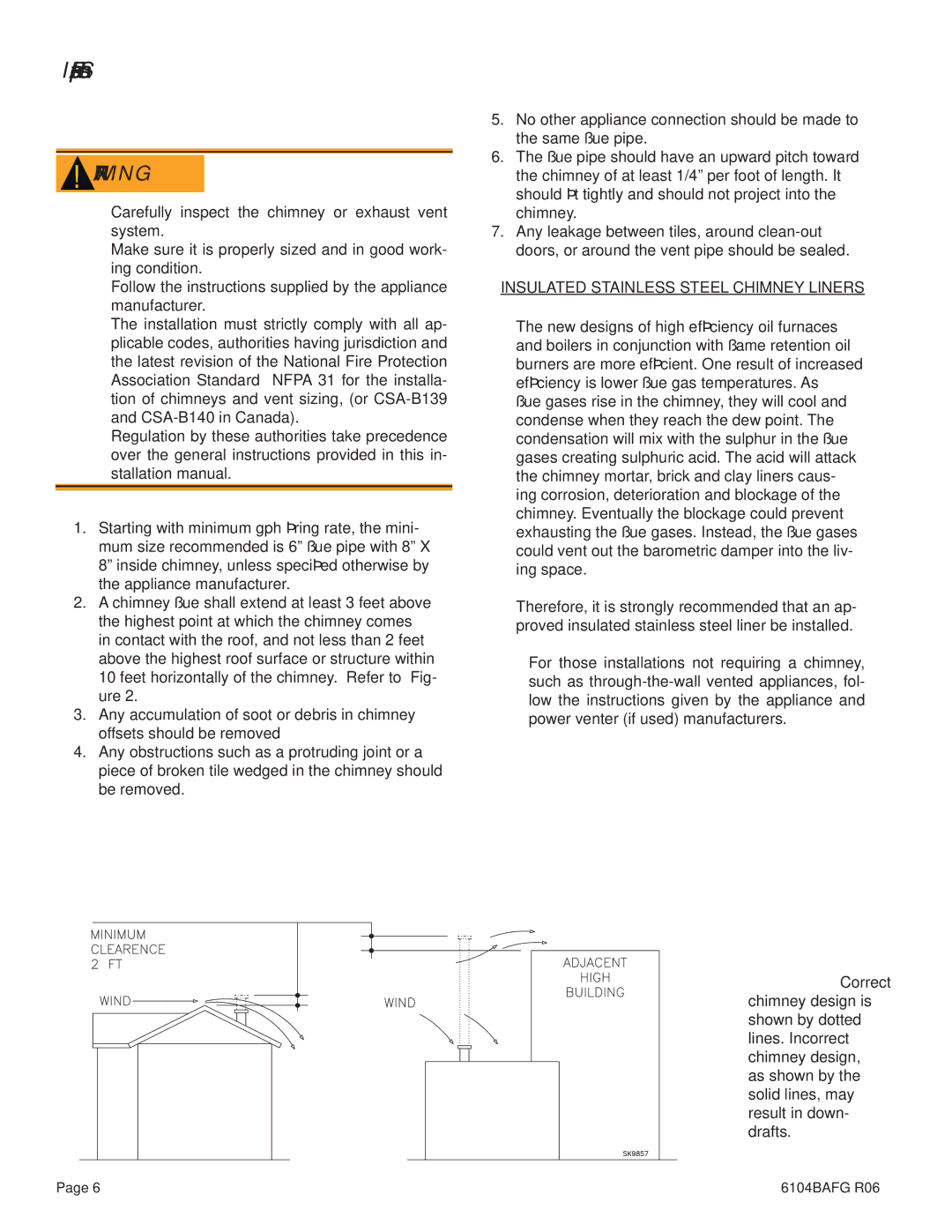UO-3 CV, UO-4 CV, UO-5 CV specifications
Weil-McLain is a well-respected name in the heating industry, recognized for its high-quality and efficient boiler systems. Among its notable offerings are the UO-3 CV, UO-4 CV, and UO-5 CV models, all of which showcase advanced engineering and innovative technology tailored for residential and commercial applications.The UO-3 CV boiler is designed for mid-sized heating requirements, boasting a strong output capacity that balances efficiency with performance. It features a compact size, suitable for smaller installations, without sacrificing power. The boiler is equipped with a durable cast iron heat exchanger that provides excellent thermal efficiency and longevity, ensuring reliable operation over the years. Its easy access for maintenance also makes it a popular choice among HVAC professionals.
Moving to the UO-4 CV model, this boiler builds on the success of the UO-3 with an increased output capacity, making it ideal for larger residential or light commercial spaces. The UO-4 CV incorporates Weil-McLain’s advanced combustion technology, which optimizes fuel use and significantly reduces emissions. This model maintains a compact design while enhancing overall performance through improved heat transfer and reduced standby losses. The UO-4 CV's user-friendly features, including easy-to-use controls and a diagnostic system, streamline operational efficiency.
The UO-5 CV further solidifies Weil-McLain's commitment to excellence with its highest output among the three. This boiler is particularly suited for extensive heating demands, making it popular among larger commercial installations. The UO-5 CV also employs cutting-edge technology, including advanced controls for precise temperature regulation and an efficient system designed to minimize energy consumption. Its robust construction ensures it can handle heavy use while remaining reliable, even in challenging environments.
In summary, the Weil-McLain UO series, including the UO-3 CV, UO-4 CV, and UO-5 CV, represents a perfect blend of efficiency, innovation, and reliability. All models utilize durable materials, advanced engineering, and state-of-the-art technologies that define Weil-McLain's reputation for quality in hydronic heating solutions. Whether for residential or commercial applications, these boilers serve as dependable sources of heat, catering to various needs while maintaining energy efficiency and lower emissions.

